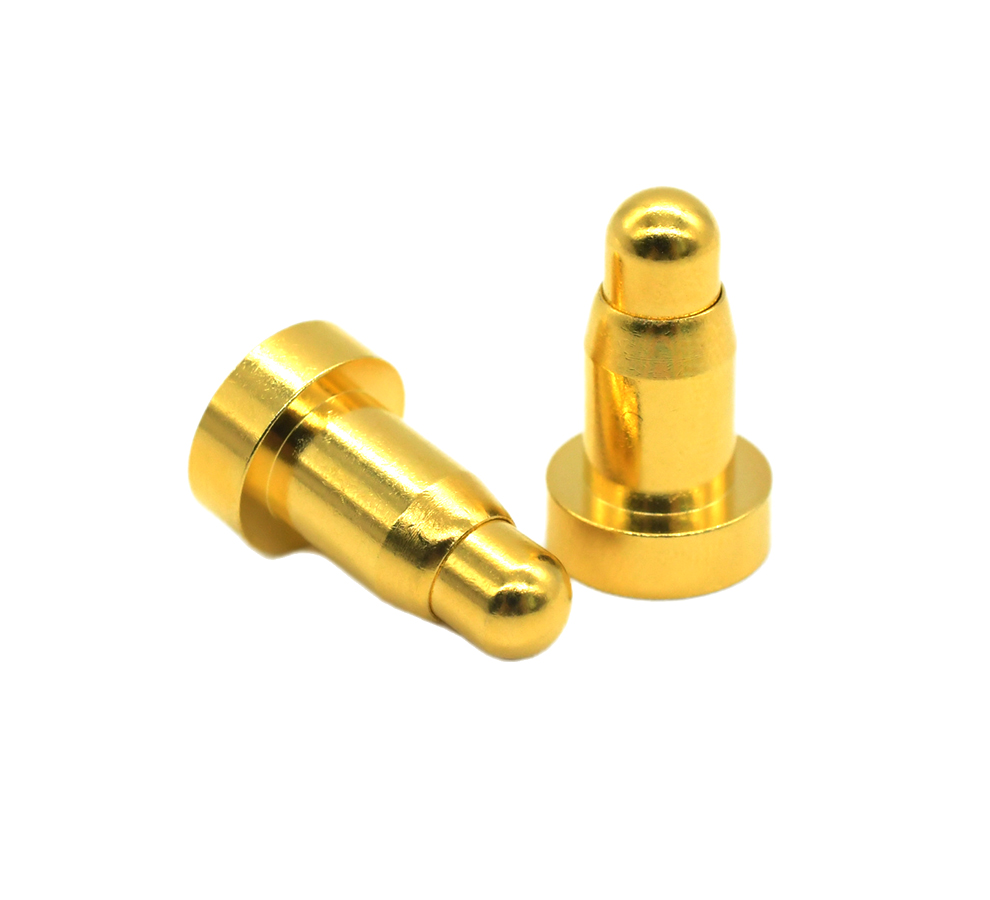Time:2025-09-01 Views:1 source:News

In the fast - paced world of modern electronics, high - frequency signal transmission is the lifeblood of many advanced systems. From 5G communication infrastructure to high - speed data centers, the demand for components that can handle high - frequency signals with minimal loss and maximum reliability is ever - increasing. Pogo pins have emerged as a crucial solution in this regard, offering unique advantages for high - frequency applications.
Pogo pins are designed with a spring - loaded mechanism, which allows for reliable and consistent electrical contact. When it comes to high - frequency transmission, the stability of the connection is of utmost importance. The spring - loaded nature of Pogo pins ensures that they maintain a constant contact force, even in the presence of vibrations, mechanical stress, or temperature fluctuations. This is essential because any intermittent contact can lead to signal reflections, attenuation, and ultimately, a degradation of the overall signal quality.
The construction materials of Pogo pins also play a significant role in their high - frequency performance. High - conductivity metals, such as beryllium copper or tellurium copper, are often used as the base material. These metals are then plated with precious metals like gold, palladium, or platinum. The gold plating, in particular, offers several benefits. It has excellent electrical conductivity, which helps in minimizing resistance and signal loss. Additionally, gold is highly resistant to oxidation and corrosion, ensuring that the connection remains stable over time, even in harsh environmental conditions.
In high - frequency applications, the impedance matching of the transmission line is critical. Pogo pins can be engineered to have specific impedance characteristics, which are carefully matched to the impedance of the connected components and the transmission medium. This impedance matching reduces signal reflections and ensures that the maximum amount of power is transferred from the source to the load. For example, in a 5G base station, where signals are transmitted at frequencies ranging from sub - 6GHz to mm frequencies, Pogo pins are used to connect various modules such as the antenna arrays, power amplifiers, and signal processing units. Their ability to maintain low impedance and stable contact throughout the high - frequency spectrum enables efficient signal transmission, which is essential for providing high - speed, low - latency communication services.
Moreover, Pogo pins can support high - density interconnects. In compact electronic devices, where space is at a premium, the ability to pack a large number of connections into a small area is highly desirable. Pogo pins can be arranged in a dense pattern, allowing for multiple high - frequency signals to be transmitted simultaneously. This is especially useful in applications like high - end smartphones, where there is a need to connect various high - speed components such as the modem, camera modules, and display drivers. By using Pogo pins, device manufacturers can achieve a more compact and reliable design, while still ensuring high - quality high - frequency signal transmission.
Read recommendations: